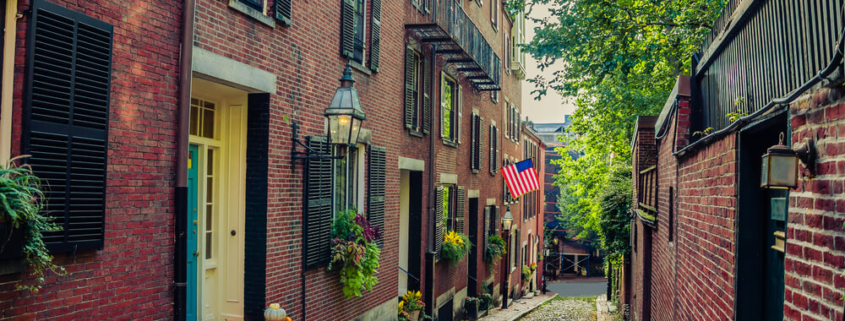Navigating the Complexities of Commercial Sales with Historical Buildings
Historical buildings have a beautiful, rich history that adds to the character of the cities and neighborhoods where they reside. However, selling these properties comes with a long list of complicating factors and complexities that can draw out the process. Finding the right buyer can take a long time; while many people want the appeal and uniqueness of a historical building, not everyone can handle the regulatory requirements and limitations of an old building. Whether you are on the buyer’s or seller’s side of the transaction, anticipating these complexities can save you stress and time during this process.
Regulatory Requirements for Historical Buildings
To start, there are often significant regulatory limitations in place for historical buildings. These requirements may be fairly lax or incredibly strict, depending on the municipality responsible for protecting the character and nature of the area. Requirements may include zoning laws, building codes unique to historical buildings, and historic preservation ordinances. Historic preservation specialists don’t want buyers buying up historic homes just to gut them and rebuild them from the inside out.
Zoning laws limit how certain buildings can be used and what exterior updates or changes can be made. Even if a historic home is surrounded by commercial buildings, zoning laws may prevent it from being converted into a commercial building. There are often workarounds, but there are municipalities that adamantly refuse zoning variances for historic buildings.
Historic preservation ordinances often require interior and exterior renovations to go through a vetting and approval process by a local preservation board before the work can begin. Finally, building codes for historical structures are often significantly different from codes for newer buildings. None of these issues make a sale impossible, but they do mean that a buyer must be ready to navigate these hurdles.
Added Expenses of Historical Buildings
It’s no secret that older buildings require far more upkeep and maintenance than newer buildings. However, when a building is classified as historical, owners can’t just do whatever the most cost-efficient fix or upgrade is. They have to go with an upgrade or fix that maintains the building’s character and is approved by the local historic preservation board. That often means a significantly more expensive fix and more time-consuming upkeep.
Commercial buyers must also think about the insurance requirements for historical buildings. A historical building may be more unpredictable in times of inclement weather, and insurers are well aware of that. They also know that older buildings are more likely to experience major failings that they will be forced to pay for. Because of this, insurance for historic buildings is often much more expensive than insurance for a similarly-sized new build. In some cases, insurance companies may even refuse to cover a historic building because of the risks that come with it.
The good news, though, is that there are sometimes financial benefits that come with owning a historic building. Municipalities know that sticking to regulations can be expensive and time-consuming, and so there may be tax benefits available for property owners who successfully maintain the character of a historic building.
Community Pushback
In some cases, buyers should be prepared to deal with community pushback when they buy the building. This is even the case when a historic building sits vacant for decades before being bought and used for commercial reasons. It’s not personal; there are people who would rather never see a historic building change, even if that means watching it rot away until it’s worthless. But if a company has unusual or unexpected plans for a building, the community outcry could be alarming.
That’s why it’s important to keep the community aware of the status of the historic building. That may mean reassuring community members that you have no intention of altering the building’s facade or making it clear that you are working with a local historic preservation board to avoid damaging the building’s integrity or place within the community.
Preservation organizations often play a crucial role in managing community pushback. They may communicate with the community directly to express their support for a project, explain their role in it, and assuage community members’ fears.
For many, the benefits of owning a historic building outweigh the drawbacks. Consulting a real estate attorney may help you better understand the challenges you are likely to face during this time.





